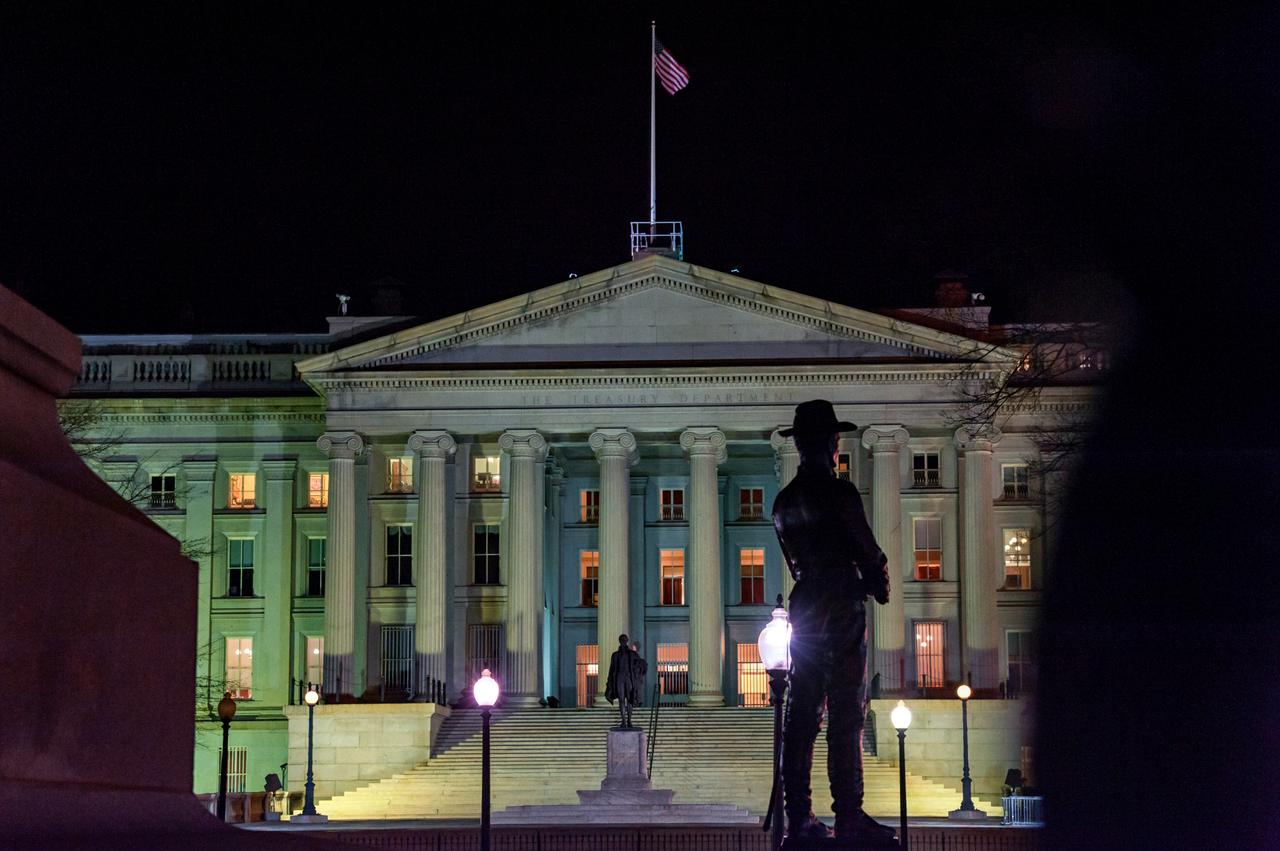
Moody’s Investors Service has downgraded the United States’ sovereign credit rating from Aaa to Aa1, citing growing concerns over the country’s mounting debt and the rising cost of servicing it. The move brings Moody’s in line with other major agencies—Standard & Poor’s and Fitch—which both cut their U.S. ratings to AA+ in 2011 and 2023, respectively.
The downgrade comes as federal deficits soar and interest costs spiral due to persistently high interest rates. “This one-notch downgrade on our 21-notch rating scale reflects the increase over more than a decade in government debt and interest payment ratios to levels that are significantly higher than similarly rated sovereigns,” Moody’s said.
Markets responded swiftly. Yields on the benchmark 10-year Treasury note climbed by 3 basis points to 4.48% in after-hours trading. Meanwhile, the iShares 20+ Year Treasury Bond ETF dropped 1%, and the SPDR S&P 500 ETF Trust, a proxy for U.S. equities, slipped 0.4%.
Analysts suggest the downgrade may further dampen investor appetite for U.S. assets, including bonds and stocks, by highlighting the increasing risk associated with long-term American debt.
Moody’s warned that under the current fiscal policy, the U.S. deficit will continue to widen. If the 2017 Tax Cuts and Jobs Act is extended—as Moody’s assumes—it could add an estimated $4 trillion to the federal deficit over the next decade.
The federal shortfall is projected to hit nearly 9% of gross domestic product (GDP) by 2035, up from 6.4% in 2024. By the same year, the debt-to-GDP ratio could rise to 134%, compared to an estimated 98% in 2024.
“Successive US administrations and Congress have failed to agree on measures to reverse the trend of large annual fiscal deficits and growing interest costs,” Moody’s stated.
Peter Boockvar, chief investment officer at Bleakley Financial Group, said the downgrade reflects deeper issues. “Treasurys are still dealing with the fundamental factor of less foreign demand for them and the growing size of the pile of debt that needs to be constantly refinanced,” he said.
Market observers warn the move could lead to a weakened dollar and higher bond yields, while safe-haven assets like gold could benefit. “This will make next week interesting,” said Fred Hickey, editor of The High-Tech Strategist, calling the announcement a “Friday afternoon (post close) bombshell.”
Moody’s had long resisted downgrading U.S. debt, maintaining a top-tier rating since it first issued a sovereign rating in 1993. However, the agency has warned for years that persistent fiscal inaction and rising borrowing costs could eventually erode the nation’s financial standing.
With the downgrade, all three major credit rating agencies now assign the United States their second-highest rating, underscoring growing unease about the country’s long-term fiscal trajectory.